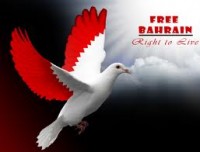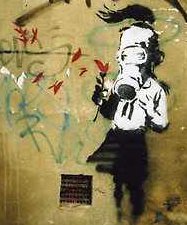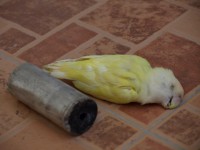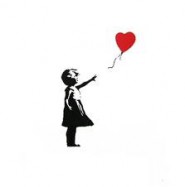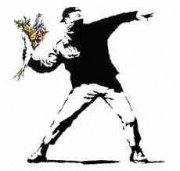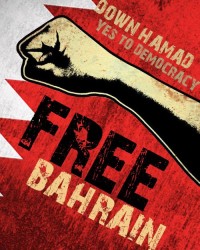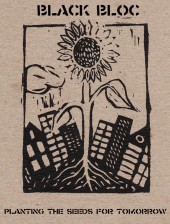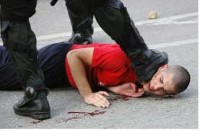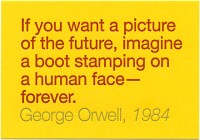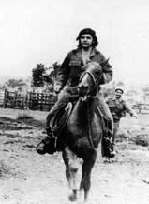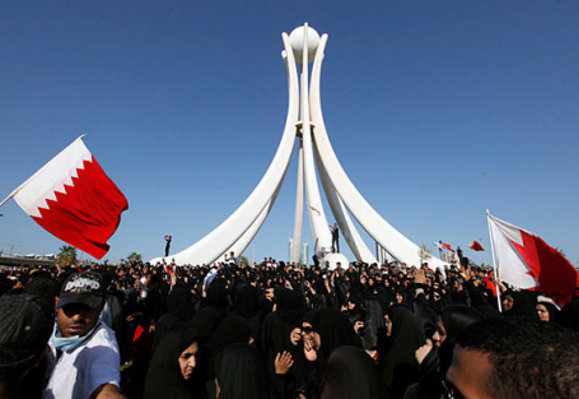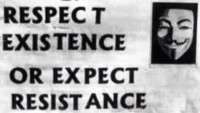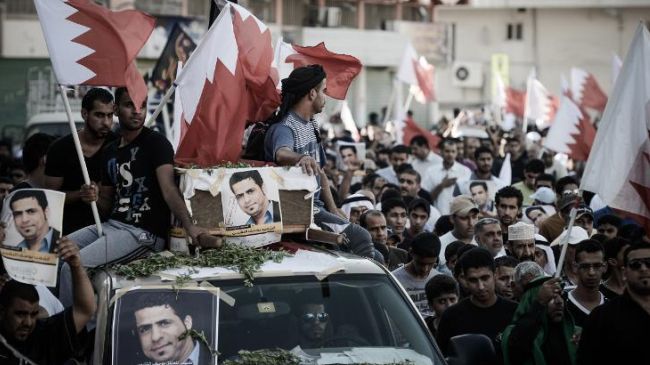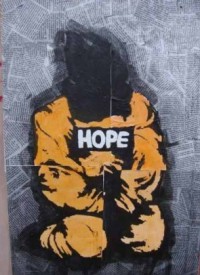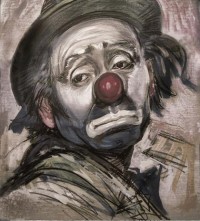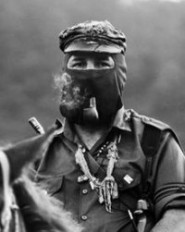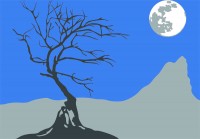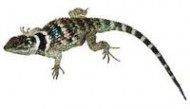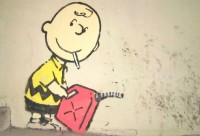Iran and the I.A.E.A.
Iran and the I.A.E.A.
by Seymour M. Hersh – November 18, 2011 – The New Yorker
The first question in last Saturday night’s Republican debate on foreign policy dealt with Iran, and a newly published report by the International Atomic Energy Agency. The report, which raised renewed concern about the “possible existence of undeclared nuclear facilities and material in Iran,” struck a darker tone than previous assessments. But it was carefully hedged. On the debate platform, however, any ambiguity was lost. One of the moderators said that the I.A.E.A. report had provided “additional credible evidence that Iran is pursuing a nuclear weapon” and asked what various candidates, upon winning the Presidency, would do to stop Iran. Herman Cain said he would assist those who are trying to overthrow the government. Newt Gingrich said he would coördinate with the Israeli government and maximize covert operations to block the Iranian weapons program. Mitt Romney called the state of Iran’s nuclear program Obama’s “greatest failing, from a foreign-policy standpoint” and added, “Look, one thing you can know … and that is if we reëlect Barack Obama Iran will have a nuclear weapon.” The Iranian bomb was a sure thing Saturday night.
I’ve been reporting on Iran and the bomb for The New Yorker for the past decade, with a focus on the repeated inability of the best and the brightest of the Joint Special Operations Command to find definitive evidence of a nuclear-weapons production program in Iran. The goal of the high-risk American covert operations was to find something physical—a “smoking calutron,” as a knowledgeable official once told me—to show the world that Iran was working on warheads at an undisclosed site, to make the evidence public, and then to attack and destroy the site.
The Times reported, in its lead story the day after the report came out, that I.A.E.A. investigators “have amassed a trove of new evidence that, they say, makes a ‘credible’ case” that Iran may be carrying out nuclear-weapons activities. The newspaper quoted a Western diplomat as declaring that “the level of detail is unbelievable…. The report describes virtually all the steps to make a nuclear warhead and the progress Iran has achieved in each of those steps. It reads likes a menu.” The Times set the tone for much of the coverage. (A second Times story that day on the I.A.E.A. report noted, more cautiously, that “it is true that the basic allegations in the report are not substantially new, and have been discussed by experts for years.”)
But how definitive, or transformative, were the findings? The I.A.E.A. said it had continued in recent years “to receive, collect and evaluate information relevant to possible military dimensions of Iran’s nuclear program” and, as a result, it has been able “to refine its analysis.” The net effect has been to create “more concern.” But Robert Kelley, a retired I.A.E.A. director and nuclear engineer who previously spent more than thirty years with the Department of Energy’s nuclear-weapons program, told me that he could find very little new information in the I.A.E.A. report. He noted that hundreds of pages of material appears to come from a single source: a laptop computer, allegedly supplied to the I.A.E.A. by a Western intelligence agency, whose provenance could not be established. Those materials, and others, “were old news,” Kelley said, and known to many journalists. “I wonder why this same stuff is now considered ‘new information’ by the same reporters.”
…more


